Major cities across Taiwan recently witnessed mass demonstrations advocating for renewable energy policy and the decommissioning of the country’s nuclear power stations.
On March 14, as many as 45,000 people protested against the plan of the state-owned Taiwan Power Company for sending abroad 1,200 highly radioactive used fuel rods from the island’s first and second nuclear plants. Reprocessing of these sent fuel rods would extend the service lives of the plants, which are scheduled to go out of service in the next six years. However, the protesters rejected the reprocessing because it is too expensive, and the radioactive products of reprocessing will be eventually sent back to Taiwan.
Two days after the anti-nuke demonstration, legislators from all political parties agreed to freeze the Taiwan Power Company’s plan to reprocess the fuel rods overseas.
Concerns about Taiwan’s nuclear power plants have mounted since the Fukushima nuclear accident, which resulted from an earthquake and tsunami hitting Japan in March 2011. Also located on the so-called Pacific Ring of Fire, Taiwan faces significant risks with its three relatively outdated nuclear power plants.
According to Taiwan’s existing schedule, its first nuclear power plant, launched in 1978, will be decommissioned in 2018, while the second nuclear power plant will operate until 2021. On March 14, protesters across the country demonstrated to hold officials to this schedule, or perhaps even accelerate Taiwan’s shift away from nuclear energy.
Chiung-Li Sun, a reporter from the independent journalism platform Events in Focus, Taiwan’s first plant might go offline even sooner than 2018.
108-112 spent fuel rods were supposed to be retrieved from the reactor during the major maintenance on December 10 last year. Because the spent fuel pools did not have enough capacity, only 92 bundles of the spent fuel rods were retrieved. As a result, there were 10-16 bundles of spent fuel rods left inside the reactor. […] If we look at the document, “The Storage List for Spent Fuel Rods in the Nuclear Power Plants” [published by the Atomic Energy Council in February 2015], we’d be surprised by the numbers: The capacity of the spent fuel rods in the First Nuclear Plant is 3,083 bundles, and the current storage is 3,074 bundles, which means it can only store another 9 bundles. According to plant’s maintenance schedule, the storage space should have run out in January 2015. If the spent fuel rods cannot be retrieved from the reactor, the nuclear plant can’t be operated. […]
[In response to the situation], the Taiwan Power Co. has built a dry fuel storage in the First Nuclear Power Plant for the spent fuel rods removed from the water pool. Although they finished the construction of the storage space and conducted a first-stage trial run, they cannot proceed the second-stage thermal trial because the New Taipei City government hasn’t yet issued them the Certificate of Completion for Water Conservation. No one knows when this storage can be used […].
Taiwan Power Co. budgeted NTD 11.25 billion [$353 million] to finance the export of 1,200 spent fuel rods to other countries for reprocessing. […] Atomic Energy Council Chairperson Chun-Hung Tsai has pointed out, however, that the plan for reprocessing the fuel rods could only extend the first nuclear power plant’s operational life by an extra two cycles (36 months). The plant’s first reactor will finish its 40-year service in December 2018. If the decommissioning process is on schedule, the power company is legally obligated to submit its plan by the end of this year, three years before December 2018.
Because Taiwan Power Company did not find a suitable place for the final storage site of the nuclear waste, the residents of New Taipei City are worried that their homeland might become the final storage site of the nuclear waste if their government approves the dry-spent-fuel storage. Therefore, given concerns about earthquakes and floods, the New Taipei City Government is unlikely to approve the construction of the dry-spent-fuel storage at the first power plant. On the other hand, the legislators’ decision to suspend the Taiwan Power Company’s plan to reprocess the fuel rods overseas is likely to scrap the Economic Affairs Ministry’s proposal to extend the service life of the First Nuclear Plant, leaving the country’s problems with nuclear waste deadlocked.
Several huge demonstrations have been held in Taiwan since the 2011 Fukushima nuclear accident. The country even halted the operation of a fourth nuclear power plant, after a clash between anti-nuclear protesters and riot police in front of the Taipei Train Station on April 28, 2014. As the Atomic Energy Council decided in January that the Fourth plant be mothballed later this year in July for three year, the fate of the plant would have to be decided by a referendum to be held before 2018.
As the Fourth plant was designed to replace the First and the Second, with the above-mentioned complications in the launch of the Fourth plant, the Economic Affairs Ministry endorsed the Taiwan Power Company’s proposal to reprocess spent fuel rods abroad in February. However, it denied its intention to extend the service life of the First power plant on March 15 soon after the anti-nuclear demonstration.
News source: globalvoicesonline.org
Written by I-fan Lin
Global Voices


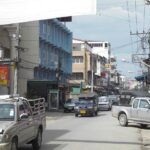
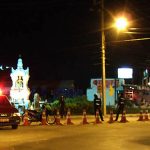


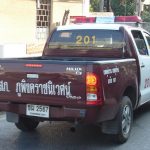
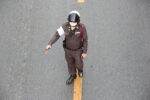
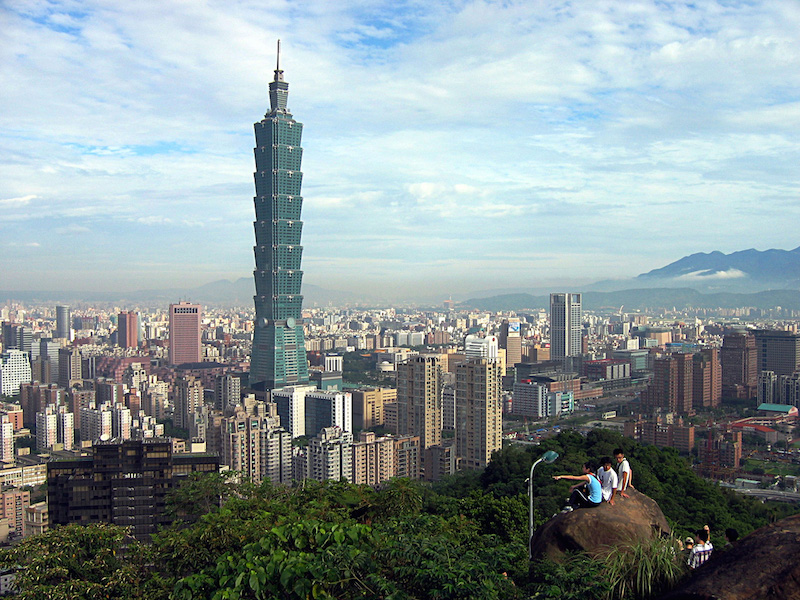

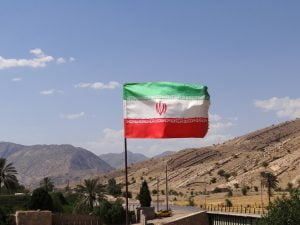

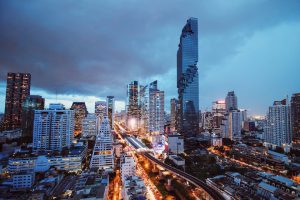
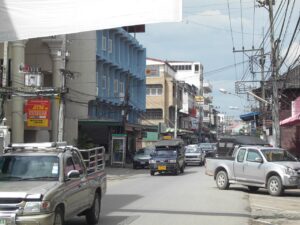
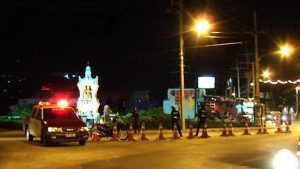


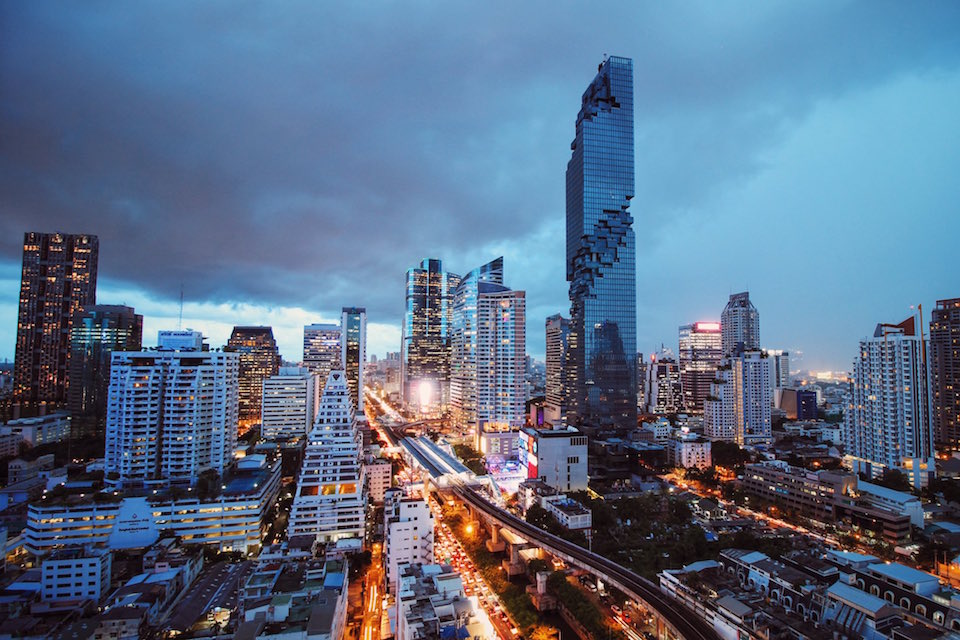
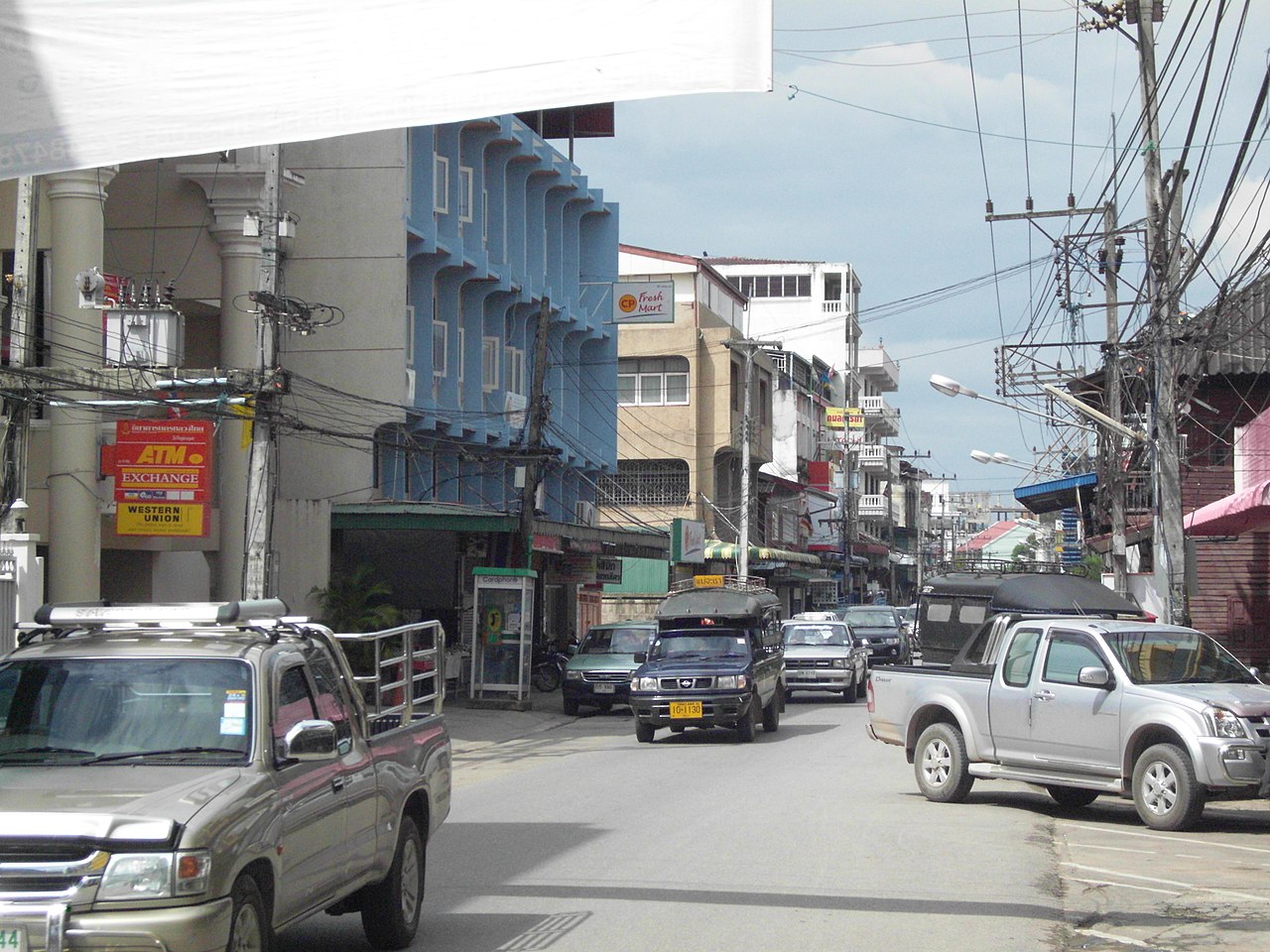
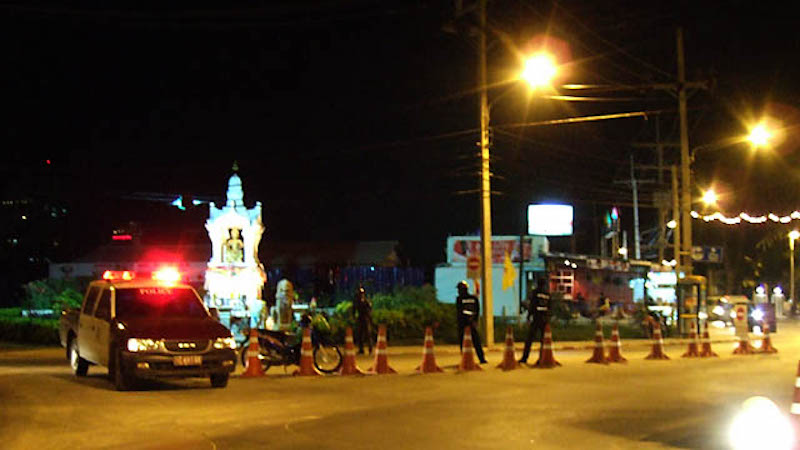
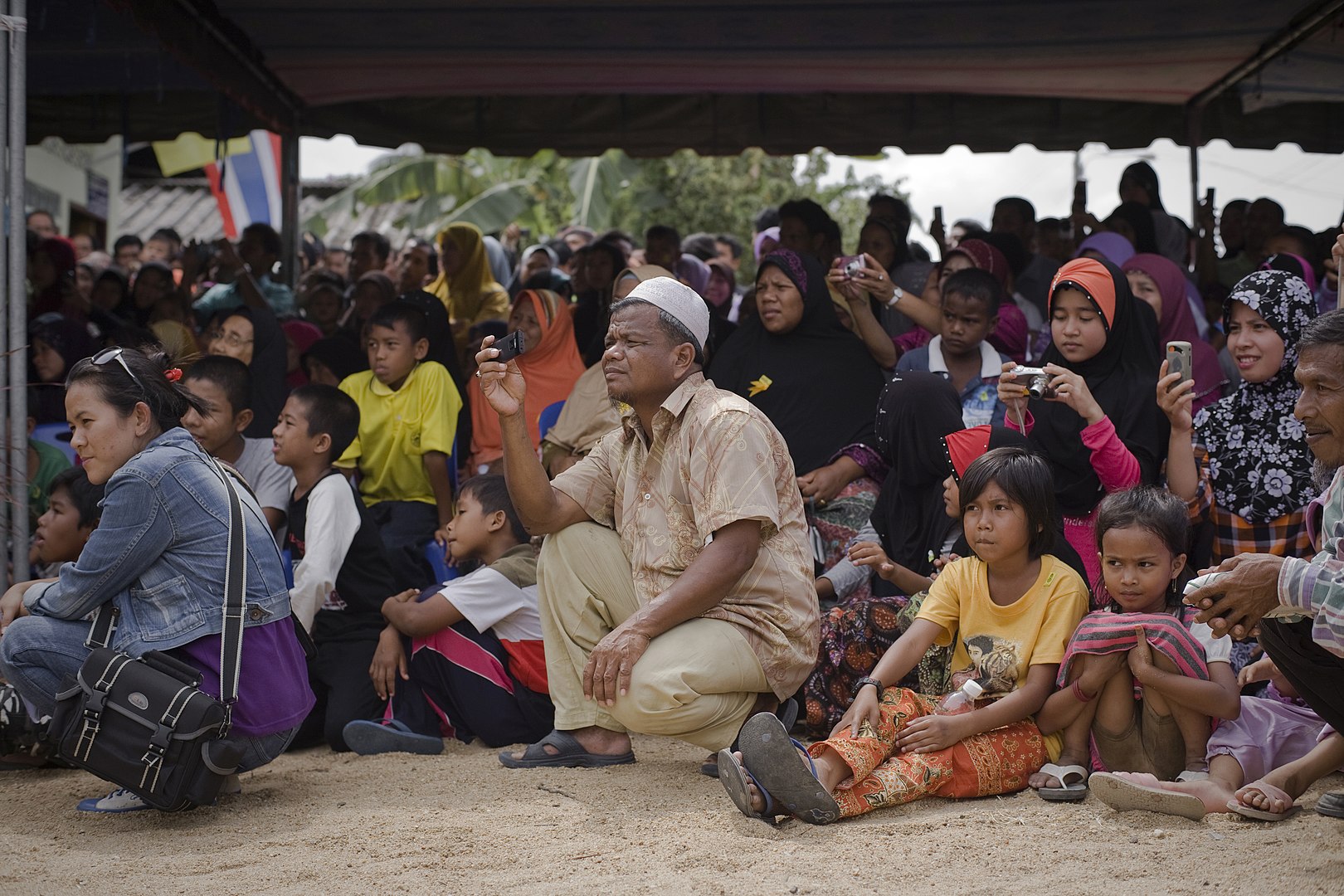
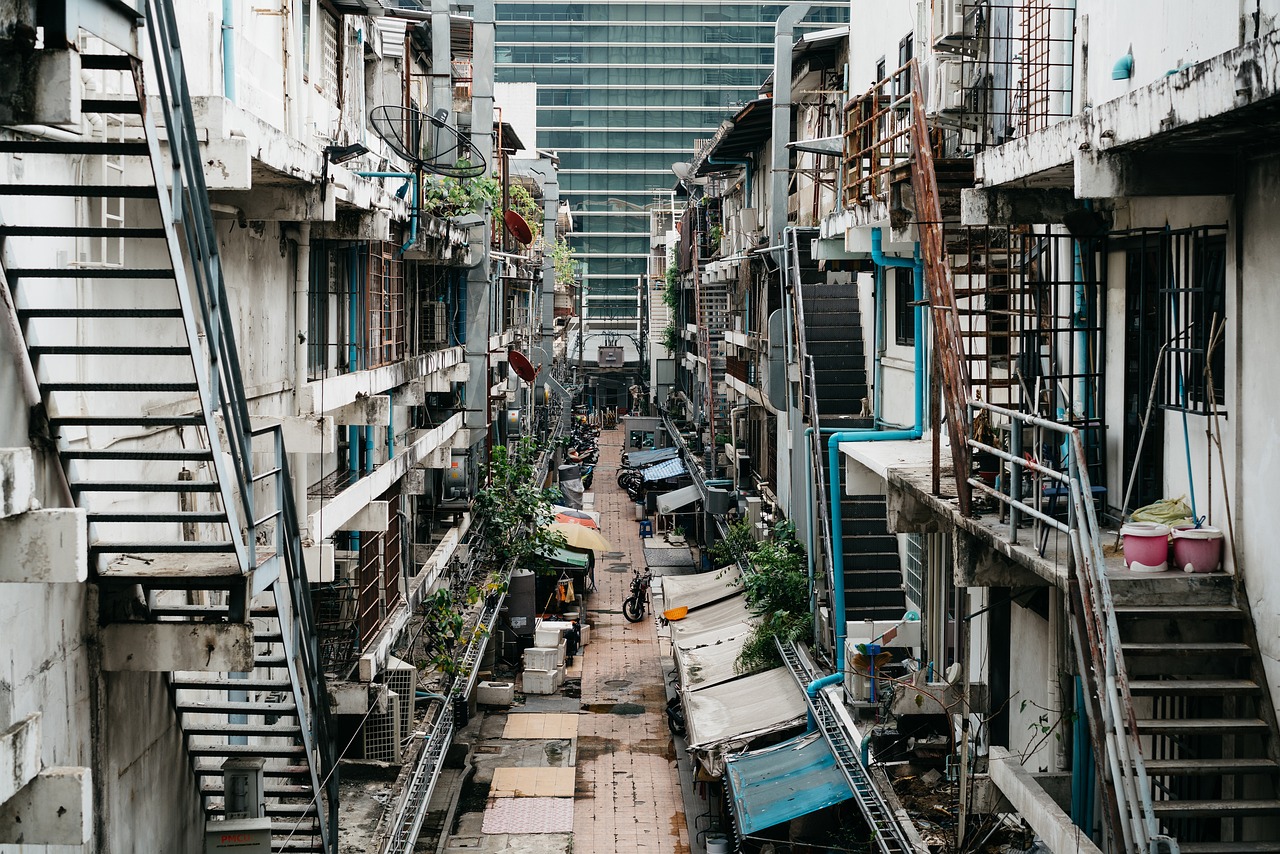
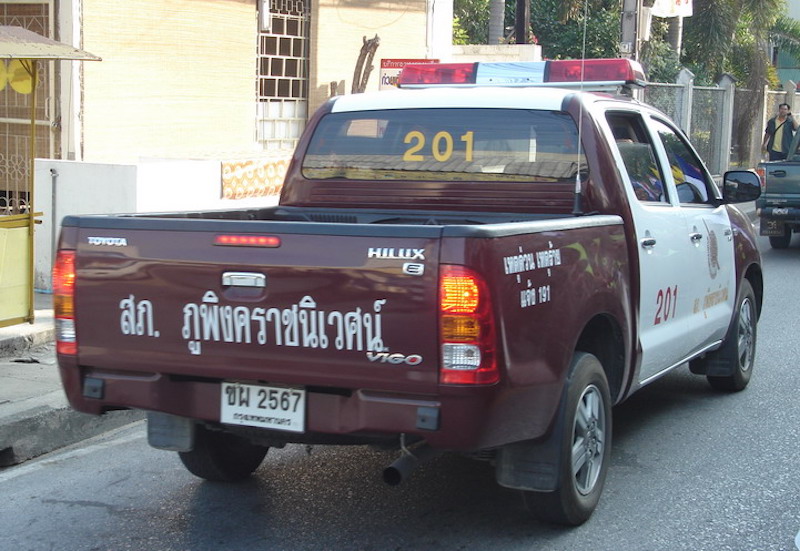

+ There are no comments
Add yours